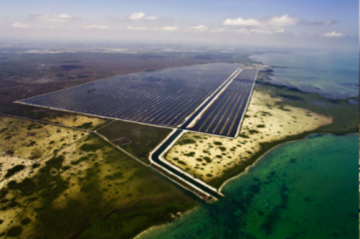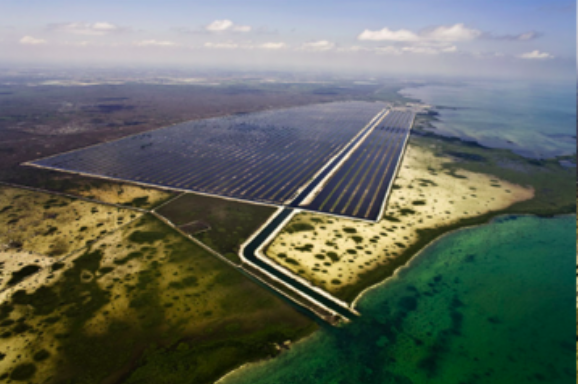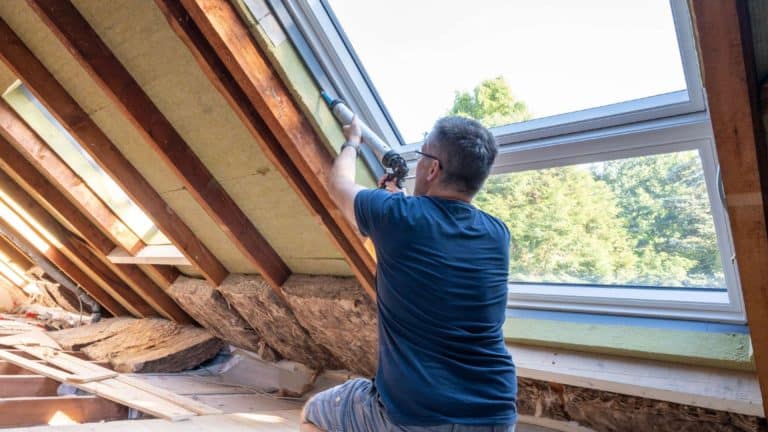 There are a lot moving parts when it comes to both the existing and proposed nuclear reactors at FPL’s Turkey Point plant in south Florida. It can be hard to keep track of recent events – so here’s some helpful background and an update.
There are a lot moving parts when it comes to both the existing and proposed nuclear reactors at FPL’s Turkey Point plant in south Florida. It can be hard to keep track of recent events – so here’s some helpful background and an update.
Existing reactors: Negligence and Litigation
The existing Turkey Point reactors, Units 3 & 4, which began operation in early 70’s, use a 10 square mile unlined cooling canal system (CCS) to cool the units. It’s an antiquated technology used nowhere else in the nation – for good reason. The miles of canals are unlined, and due to the porous geology of south Florida, water from the canals has leached underground to form a plume of hyper-saline and contaminated water spreading westward in the Biscayne Aquifer towards drinking water wells and eastward into Biscayne National Park. The Biscayne Aquifer is the sole drinking water source for Miami-Dade County and the Keys.
FPL’s legacy of negligence – dating back as early as 1978 – led to the environmental damage today. FPL violated its federal discharge permit and state and local water quality standards standards. State regulators issued a Notice of Violation against FPL in 2016 and ordered it to clean up its mess.
Customers take it on the chin
But it’s FPL’s customers that are on the hook for over $200 million for the remediation effort – thanks to the Florida Public Service Commission’s (PSC) 2017 approval of FPL’s request to recover clean-up costs from its customers. The PSC commissioners were appointed by Governor Rick Scott. SACE and other parties intervened in the PSC’s environmental cost recovery docket to protect customers’ interests. Almost 900 letters were received from FPL customers calling on the PSC to reject FPL’s unfair demand – but to no avail. Worse yet, several experts, including a SACE expert, have concluded that FPL’s clean-up plan won’t even achieve the intended result.
Litigation in state and federal courts
FPL customers can remain hopeful as the PSC’s decision has been appealed to the Florida Supreme Court by the Office of Public Counsel (OPC). It argues that the environmental cost recovery law cannot be used by FPL to recover costs from customers retroactively that are incurred due to violations of law. That case is pending. OPC has filed its brief, and FPL’s answer brief is due July 23rd – so stay tuned.
Additionally, a federal Clean Water Act case against FPL continues to move forward. In March, Southern District Judge Darrin Gayles denied FPL’s motion to dismiss a federal citizen-suit case against FPL brought by SACE, Tropical Audubon and Friends of the Everglades. The judge has issued a scheduling order and the trial is now set for March 2019.
Run the reactors and the CCS until 2053?

In the meantime, FPL has filed an application with the Nuclear Regulatory Commission (NRC) to continue business as usual. The Company wants to extend its NRC license to run the reactors –and the CCS – until 2053. The NRC comment period for the Subsequent License Renewal closed last month, but comments were filed both in writing; and in-person, at public hearings held in Homestead, Florida on May 31st. The Miami-Dade County comments outlined a number of concerns with the CCS and the Florida Keys Aqueduct Authority comments called for closure of the CCS and the use of cooling towers.
I was at the hearing, and most of the comments called for the NRC to take hard look at the environmental impacts of continued use of the CCS, FPL’s violation of the law, and the need to move to current technology – like cooling towers – or reject FPL’s application. As part of the Subsequent License Renewal process, the NRC will issue an Environmental Impact Statement – a tool that evaluates the environmental impacts of FPL’s continued operation of the CCS, and alternatives. If the license is renewed, this would bring the total service life of the reactors to and unprecedented 80 years – which could make them the oldest reactors in the U.S..
Ironically, FPL included cooling towers in the design of proposed nuclear Units 6 & 7 at Turkey Point – the same plant as the Unit 3 & 4 reactors. Retrofit cooling towers for Units 3 & 4 are technically feasible and cost–effective. The approximate capital cost of wet cooling towers, for both Units 3 & 4, would be in the range of $220 to $310 million according to a SACE expert.
Proposed Reactors: A “Pause”
FPL secured a need determination from the PSC in 2008 to build two new reactors units 6 & 7 at Turkey Point. The proposed reactors have been postponed four times and now are postponed indefinitely as FPL has “paused” on a decision on whether to move forward. The pause comes as no surprise as FPL has never committed to actually build the reactors – and won’t even commit to a price tag. In fact, there is no construction company to build them now that Westinghouse has filed for bankruptcy.
The reactor project is so speculative FPL couldn’t say in 2017 whether it would even be a good deal for customers. The PSC appropriately rejected the Company’s request for additional customer dollars to acquire and maintain a combined license (COL) from the NRC. Therefore, FPL has not filed a petition for cost recovery in this year’s docket. That means they are not seeking to recover costs for this year or project costs for next year – at least not using the state’s early cost recovery law, often referred to as Florida’s “nuclear tax.” Last year’s PSC order required FPL to file a progress report for informational purposes only. FPL filed this letter in the cost recovery docket this year reaffirming its decision to pause on a decision to actually build the reactor.
Customers left holding the bag
FPL was recently issued its COL from the NRC for the proposed Turkey Point 6 & 7 reactors, and intends to maintain it for the possibility that it might build the reactors in future years. Customers have paid about $300 million so far – thanks to the state’s early cost recovery law – for a project that is effectively dead and will almost certainly never produce a kilowatt hour of electricity for Florida’s families and businesses.
A similar project was abandoned last year in South Carolina after $9 billion was already spent and it was determined that the project would cost more than $25 billion to complete.
SACE will keep you updated on all these moving parts going forward as we aim to protect the financial interests of Florida’s families and businesses, and ensure a clean, safe and healthy south Florida.



